ORFEO International
News
April 2008
On the Centenary of Joseph Keilberth
It is 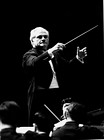
Joseph Keilberth
Foto: Privatarchiv Dr. Thomas Keilberthalmost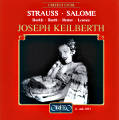
C 342 932 I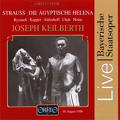
C 424 962 I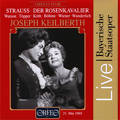
C 425 963 D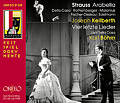
C 651 053 D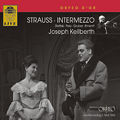
C 765 082 I
C 515 993 D inevitable that our picture of Joseph Keilberth is bound up with the sense of shock triggered by his sudden death following a heart attack during a performance of Tristan und Isolde at the Munich Nationaltheater on 20 July 1968. This tragic event of almost exactly forty years ago contributed to the legend of a conductor who, consumed by his work to the point of self-sacrifice, gave his all to Wagner. What is beyond doubt is that Keilberth, who was born in Karlsruhe on 19 April 1908, achieved an enormous amount in the course of his career. Not only the Bavarian State Orchestra benefited from his care and musicality, so too did the post-war Bamberg Symphony Orchestra, while he also left his mark on the Bayreuth and Salzburg Festivals. Several of these performances are enshrined on the Orfeo label, most notably his Strauss repertory. 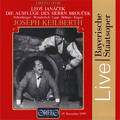
C 354 942 I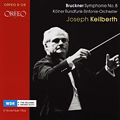
C 724 071 B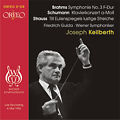
C 746 071 B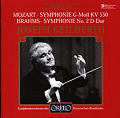
C 553 011 B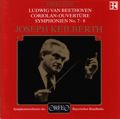
C 268 921 BFrom Munich we have two performances from the Bavarian State Opera’s legendary interim residency at the Prinzregententheater in the form of Salome with Inge Borkh and Hans Hotter and the rarely performed Die ägyptische Helena with Leonie Rysanek. Another surviving recording captures a performance of Der Rosenkavalier in the reopened Nationaltheater with four of the company’s regulars appearing in roles with which they were particularly closely associated, Claire Watson, Hertha Töpper, Erika Köth and Kurt Böhme, while Fritz Wunderlich represents luxury casting in the cameo role of the Tenor. In Arabella, too, from the 1958 Salzburg Festival, Keilberth proves to be an ideal Straussian, revelling in the work’s orchestral sonorities while also providing sensitive support for his soloists, who include the dream team of Lisa Della Casa and Dietrich Fischer-Dieskau. A further rarity from among Strauss’s stageworks is Orfeo’s recent release of Intermezzo from the Theater an der Wien, with Hanny Steffek and Hermann Prey as the two main characters.
So impressive is Joseph Keilberth’s Strauss discography that it is easy to overlook his championship of early 20th-century music dramatists who are all too readily written off as belonging to the second rank. As general music director of the Bavarian State Opera, he conducted benchmark performances of Hans Pfitzner’s Palestrina with Fritz Wunderlich in the title role and Leoš Janáček’s unique combination of satire and science fiction, The Excursions of Mr Brouček. And the Orfeo catalogue naturally also includes examples of his work as a concert conductor. There are two recordings of his appearances with other orchestras, namely, the Cologne Radio Symphony Orchestra and the Vienna Symphony Orchestra. With the former he conducts Bruckner’s Eighth Symphony in a reading that is contemplative rather than monumental; and with the latter he gives inspirational readings of Brahms’s Third Symphony and Strauss’s Till Eulenspiegel, to both of which he brings (late) Romantic exuberance, while also accompanying the young Friedrich Gulda in Schumann’s Piano Concerto. Conversely, Keilberth’s two recordings with the Bavarian Radio Symphony Orchestra from his adopted city of Munich create a more austere and Neoclassical impression: the first is a coupling of Brahms’s Second Symphony with MozartÕs G minor Symphony K 550, while the second, recorded a year before Keilberth’s death, brings together Beethoven’s Coriolan Overture and his Seventh and Eighth Symphonies, all of which are remarkable for the same astute control and mounting tension.
top |